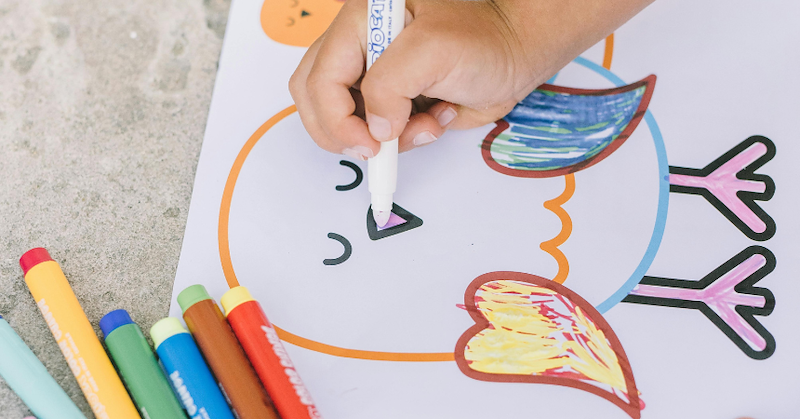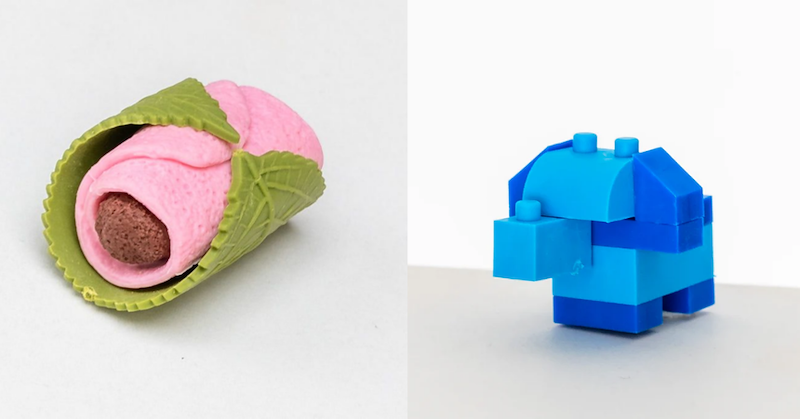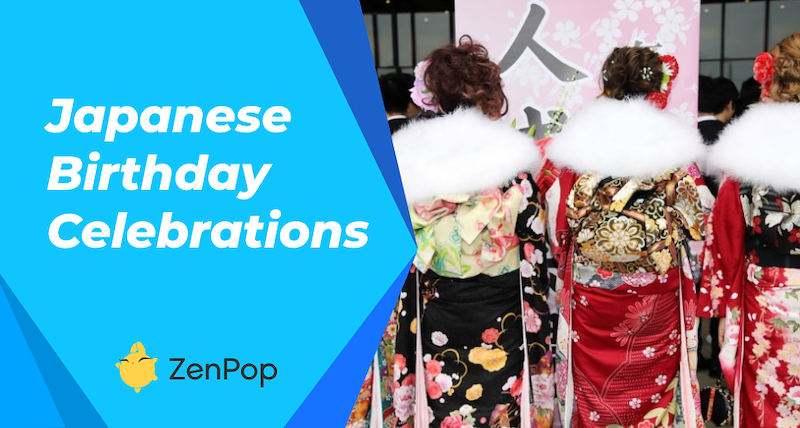
How to Celebrate a Japanese Birthday: A Cultural Guide
In Japan, birthdays are a special occasion that is celebrated with family and friends. The customs and traditions surrounding birthday celebrations in Japan are unique and steeped in history, making them a fascinating aspect of the country's culture. In this guide, we will explore the various ways in which Japanese people celebrate their birthdays, from traditional customs to modern practices.
How do Japanese People Say “Happy Birthday” in Japan?
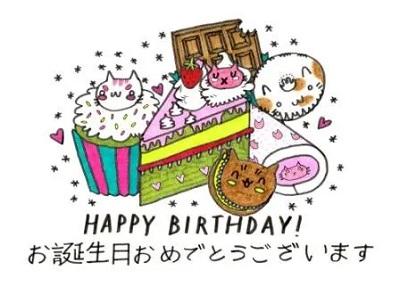
In Japan, people frequently assemble around the birthday person and sing "Happy Birthday" with Japanese accents. It's not as widespread, however there is a birthday song that can be sung in Japanese. The customary greeting is "happy birthday," which is written in both formal and informal Japanese as "誕生日おめでとう" (tanjoubi omedetou) “お誕生日おめでとうございます” (otanjoubi omedetou gozaimasu). Another common greeting is "Happy Birthday" in English.
Modern Practices for Celebrating a Japanese Birthday
In modern times, birthday celebrations in Japan have evolved to include more Western customs. One popular practice is the giving of "giri choco," or "obligation chocolate," which is typically given to coworkers, acquaintances, and other people with whom one has a professional relationship. This is in contrast to "honmei choco," or "true feelings chocolate," which is given to a romantic partner.
Japanese birthdays are a unique and special occasion that are steeped in tradition and culture. Whether you're celebrating in Japan or abroad, there are many ways to incorporate traditional customs and modern practices into your celebration.
A Guide to Special Japanese Birthday Celebrations
Last January 9th was “Seijin no Hi,” or Coming of Age Day. Japanese people turning 20 years old during that school year, attend large ceremonies either at their local city hall or sometimes at a shrine. As 20 is the age of majority in Japan, this marks their passage into adulthood. However, Seijin no Hi is not the only special rite of passage celebrated by Japanese people.
There are several age-related milestones in Japanese culture, each one symbolizing something special about the child’s life. These traditions date back several generations, and are still celebrated today. Today, we’ll look at these types of milestones, from the child’s birth until they become an adult!
Oshichiya Meimei Shiki

The word “oshichiya,” comes from the kanji for seven, “shichi,” and the kanji for night, “yoru” or “ya.” On the seventh night after a newborn’s birth, a small ceremony with maybe a few close relatives is done to present the newborn and their name. This is where the “meimei shiki” portion comes in, meaning ‘naming ceremony.’
The child’s name is calligraphed on what is called a Meimeisho, or name certificate, and is displayed in the home. In the past, this is how the baby’s name would be announced to the rest of the world, marking them as a member of their community. Relatives and friends come and present gifts to the family, which can be either “shugibukuro” which is a monetary gift, or items like baby clothes and toys.
Afterwards, a special meal is served, which typically includes red beans and rice called Sekihan, sea bream fish (traditionally a fish head), and vegetables.
Nowadays, as the 7th day ceremony usually coincides with the day that the mother and child leave the hospital for the first time, a simple oshichiya invites the grandparents on both the mother and father’s side; and a simple meal is prepared or catered in order to reduce stress on the mother.
Miyamairi
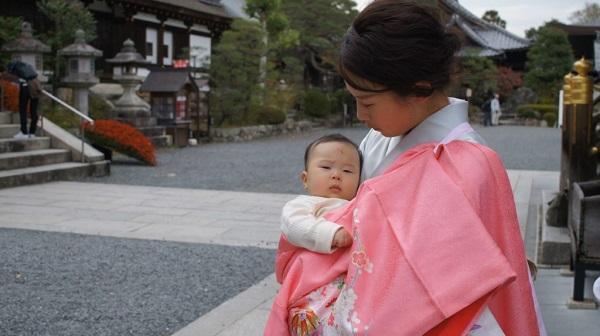
For many Shinto newborns, somewhere between one month and 100 days after birth, the baby is taken to a shrine for their very first shrine visit. Once again, this is performed by the parents and grandparents, taking the baby to the shrine and thanking the kami, or gods/deities, for the new addition to the family. A shrine priest will also pray for the child’s health, safety, and future happiness.
In a standard miyamairi ceremony, a group of babies and their families are brought into a hall, where a Shinto priest wearing ceremonial gear recites a prayer over the children while holding a tamagushi. The tamagushi is a shinto offering made from the sakaki tree, and also sees use at other milestones in life, such as at weddings.
The prayer usually includes recitation of the baby’s name along with the names of their parents, and the baby’s date of birth. The family members also come forward and make an offering of tamagushi on the altar in the hall. The ceremony ends with sake being presented to the family and those in attendance, as well as some small gifts from the shrine.
Okuizome
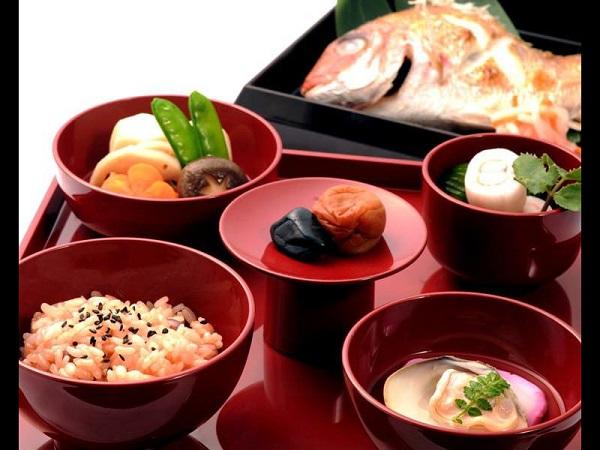
Another traditional ritual happens around the 100th day after the child’s birth. The okuizome, or first meal, symbolizes a wish for the child’s health and happiness, so that they will never go hungry.
The typical meal for okuizome is the basis of Japanese cuisine, 一汁三菜, “Ichiju sansai.” This translates to “one soup, three dishes,” which is what you would typically see in a Japanese set meal. Soup, rice, a main dish and two side dishes, which usually includes vegetables and pickles to supplement nutrients.
Traditionally, the rice for okuizome is the same as the rice served on the meimei shiki, sekihan which is red rice with beans. The rest of the dishes also include red snapper, clear soup, simmered food, and pickled or vinegared vegetables. You would also use red lacquerware, as well as chopsticks made of yanagi wood.
The eldest grandparent usually is the one to “feed” the baby, which is part of a wish for the baby to grow healthy and have a long life. Of course, since the baby is only a few months old and cannot yet eat solid food, they only hold the food up to the baby’s lips to “pretend.” There is, however, a specific order to eat the first meal as well. While it may differ per area and region, the generally accepted order is rice, soup, rice, soup, fish, rice, then soup. This is repeated three times, and then a stone from a shrine is brought to the baby’s lips to wish for the growth of strong teeth.
One Year Old: Isshou Mochi no Oiwai and Erabitori
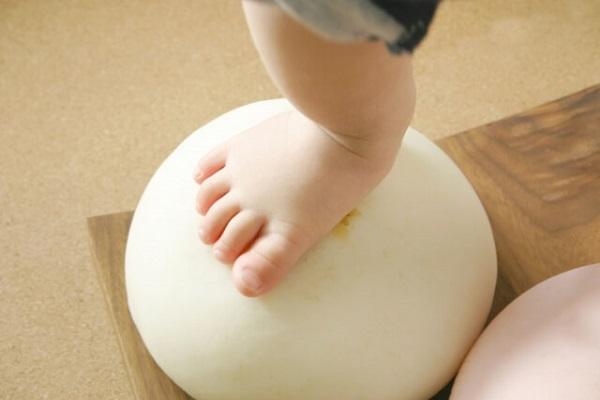
While the tradition may differ depending on the region of Japan, what is common is the use of a mochi rice cake. The word “isshou” refers to the “shou” unit of measurement for sake and rice. Measuring around 1.8 to 2kg, the mochi rice cake is either carried in a furoshiki or backpack on the child’s back; or in a similar practice called fumi mochi, the child steps on the mochi.
Being able to carry the rice on their back symbolizes the child living a long life where they will never go hungry. Stepping on the mochi represents being able to stand on their own feet and carry themselves later in life.
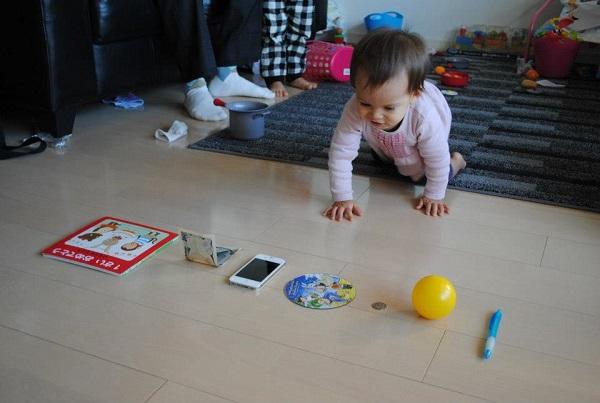
Another first birthday tradition for Japanese kids is Erabitori, the word “erabi” coming from “erabu,” or to choose. A set of items is laid out in front of the child, and what they choose supposedly has a certain meaning on what their talents or path in life may be.
The items may vary from region to region, but a few common items that you might see at erabitori are an abacus, a pen, chopsticks, a mirror, a purse, or a pair of shoes.
Choosing the abacus might mean a talent for mathematics, or a possible future in business. A pen might mean a talent for writing or drawing. A mirror symbolizes beauty, or a job in the fashion industry, while a purse may mean that the child will never worry about money. Finally, a pair of shoes denotes athleticism, or a future in sports.
Hinamatsuri and Children’s Day
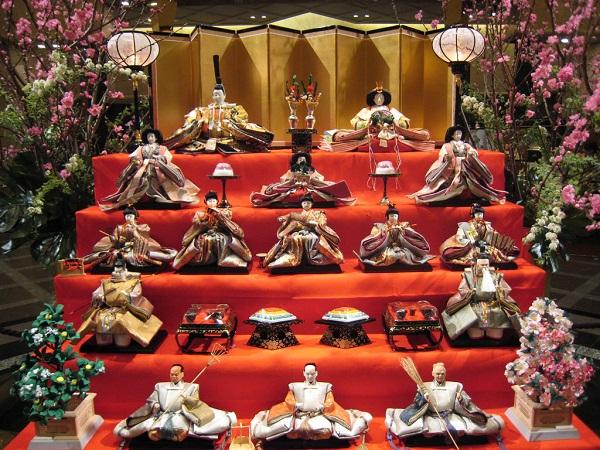
Every March 3rd, Japan celebrates Hinamatsuri, or technically the “doll festival.” A set of ornamental dolls are displayed in the home representing the emperor and empress of Japan’s Heian period.
Hinamatsuri is associated as a day to celebrate girls from an old tradition where when a girl is newly born, she is gifted a set of hina dolls to bless her with health and happiness. Sometimes, these are handed down from generation to generation. Mothers and daughters work together to set up the dolls on elaborate platforms, in a very specific order in order to bless their daughters with good health and happiness. Tokyo holds an event where dolls are floated onto water in order to contain bad spirits and send the spirits away from their children.
However, be sure not to leave them out too long! There is a saying that leaving the dolls out for days instead of clearing them up right away may result in a late marriage for the daughter.
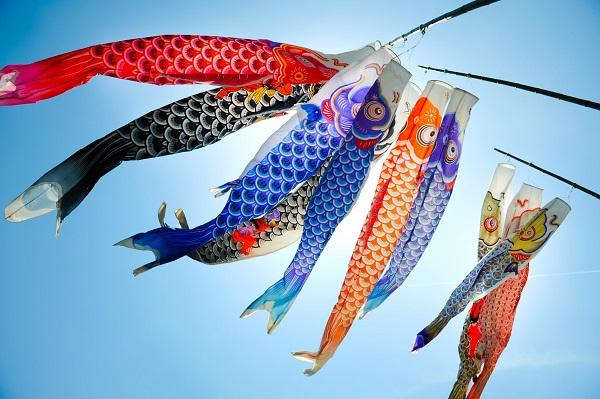
On May 5th, Children’s Day, is the equivalent holiday to celebrate boys. You may associate this day with the koi fish kites, or koinobori which is meant to symbolize determination and energy, strength and bravery.
Popular costumes for Children’s Day include samurai helmets and swords, representing noble warriors. Japanese families also eat kashiwa-mochi, which is a rice cake with oak leaves. While this holiday originally started out to celebrate young boys, since it has been rebranded to Children’s Day, both young boys and girls are celebrated. You might see families going out to the park, or going to amusement parks with their kids as this holiday also falls on Golden Week!
Seijin no Hi
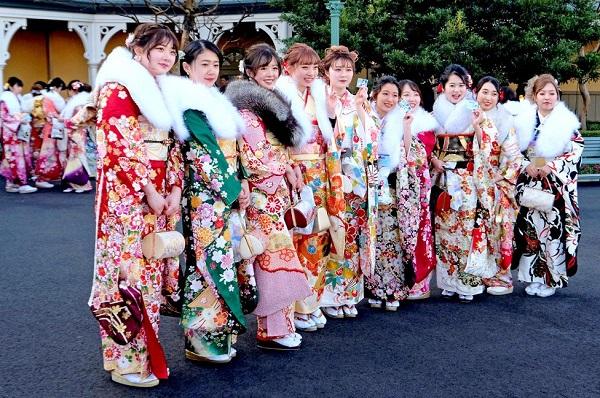
Recently, the Japanese government changed the age of majority from 20 to 18. However, as the age of 20 used to be the age of majority in Japan, ceremonies are held for new adults to welcome them into adult society– with all the responsibilities that being an adult entails, including voting in local and nationwide elections. It is also a reminder that the next generations are responsible for building the future.
While listening to speeches from prominent local figures, or doing shrine visits with family or friends, the new adults also get to dress up. Most men put on suits, though some still wear the haori hakama. Women however, get to wear the furisode, an ornate long-sleeved kimono for unmarried women.
As it is a large and important event, hair and makeup is usually done and reserved well in advance, and one might have to reserve well in advance in order to rent a furisode (as buying a new kimono is extremely expensive).
Afterwards one might go out with friends and have a drink or two to celebrate adulthood and their newfound freedom. Lots of pictures are taken, both on smartphones and professionally at photo studios in order to commemorate the special day.
What special days or milestones do you celebrate? While it may not be your birthday, it’s always great to celebrate the little things in life, and wish for good health and happiness in the future.
